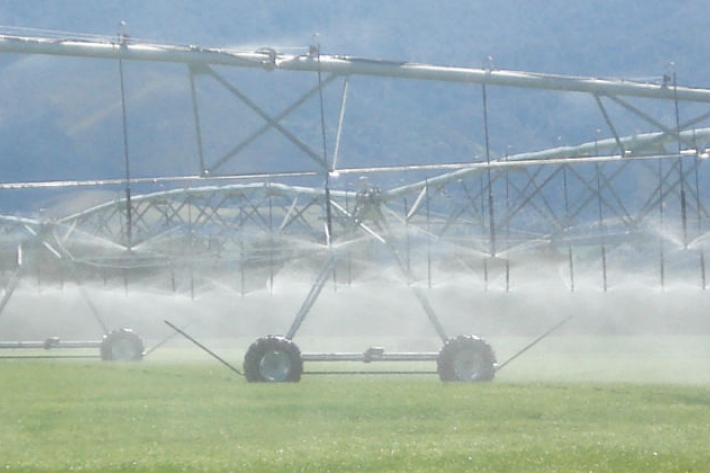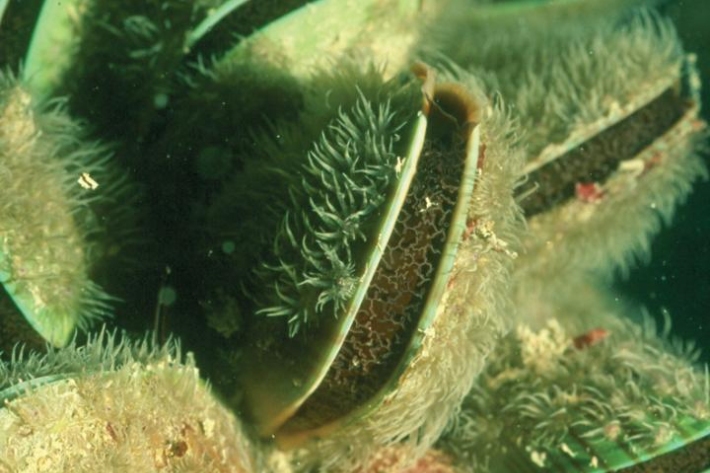-

The tempers and tantrums of spring
Blog22 September 2015Just as we were ready to dust of our Jandals, you may be wondering why suddenly it feels as though we have been hit with a second winter! -

NIWA science delves into ocean acidification
Media release07 September 2015NIWA scientists are to undertake a major research project to determine how New Zealand’s marine ecosystems are faring under climate change. -

World congress confirms Lauder’s expertise
News article05 June 2015The World Meteorological Organisation Congress has confirmed NIWA's Lauder atmospheric research station as one of Earth's leading providers of upper-air data critical for measuring climate change. -

Lauder technician rediscovers historic data
Media release28 May 2015A climate scientist at NIWA’s Lauder Station research centre in Central Otago has stumbled across the oldest known mid-infrared spectra – scientific readings taken 30 years ago on 29 May 1985. -

Farmers wanted to help NIWA
Media release28 May 2015The National Institute of Water and Atmospheric Research has developed new tools that can help farmers decide when to irrigate or fertilise. But it needs farmers to test out the tools to ensure they are as practical and easy to use as possible. -

Weather watchers provide invaluable service
News article20 May 2015For almost a century the Mason family of Feilding have been keeping a closer eye on the weather than most people. But now, at 94, Alan Mason is looking for a successor. -

Wellington regional climatology publication released
News article13 May 2015NIWA's Climate Science Centre has released a Wellington regional climatology - "The Climate and Weather of Wellington". -

Climate science may help predict mussel production
News article20 April 2015Sea temperatures influence mussel production, but the link between the two is not always clear. Sea temperatures have been rising globally with climate change, but temperatures also fluctuate with shorter-term climate variability, along with other factors that influence food supply for the mussels. -

Global experts confirm NIWA's finding on Southwest Pacific's coldest ever temperature
Media release14 April 2015A World Meteorological Organisation panel has confirmed a finding that a temperature of -25.6°C observed at Eweburn, Ranfurly in New Zealand on 17 July 1903 is the coldest temperature recorded for the Southwest Pacific Region. -

Is extreme weather the new normal?
News article24 March 2015New Zealanders have just experienced one of the driest summers on record – great for beachgoers and cricket lovers, but far from ideal for farmers and orchardists relying on rain to maintain productivity. -

NIWA's Hotspot Watch
Hotspot23 March 2015Weekly update to help media assess likelihood of extremely dry weather preceding a drought. Regions experiencing severely to extremely drier than normal soils conditions are deemed “hotspots”. -

Voyage leader's final update
Blog11 March 2015Now back on dry land, Voyage Leader Richard O'Driscoll reflects on the final days of RV Tangaroa's 2015 Antarctica expedition.
